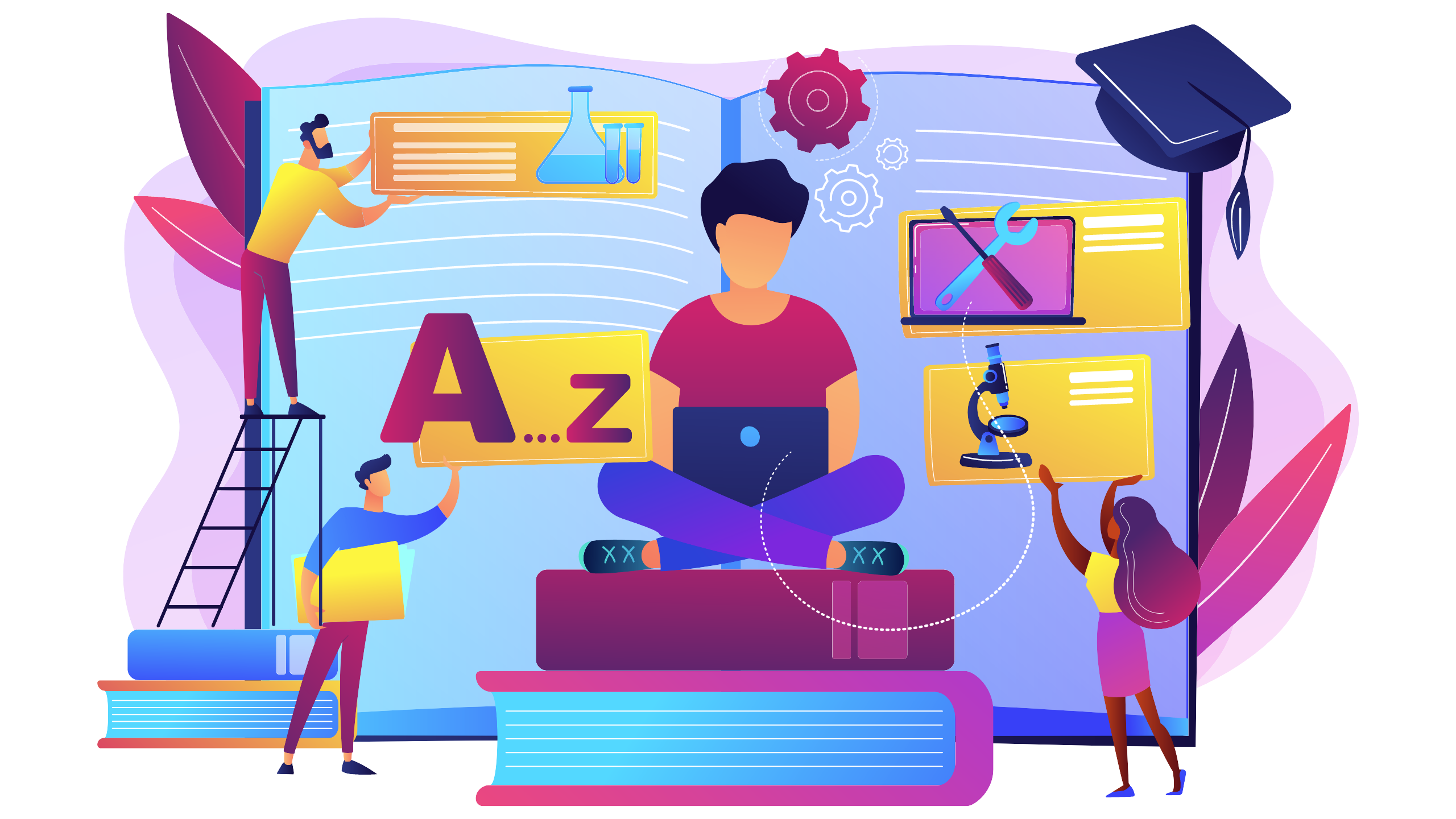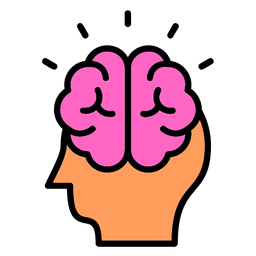Table of contents
In the last 5 years, I've spent more than 7000 hours learning how to study and have read over 100 books on the subject.
Here are the First 5 Simple Steps for Self Studying for Successful Students
🧓 1. Ask someone who has already learned what you want to know.
For example, if you want to learn how to program, you should talk to someone who just learned how to do it.
A new learner knows more about how you feel and what you need to pay attention to than a professional in the field. It takes a lot of time to find the best guides and study tools. When it comes to understanding, there is no short cut.
🧭 2. Make a list of everything you need to learn.
Now you can read through all the material you have gotten for the exam to find out what you need to pay attention to.
Putting a time limit on how long you want to spend researching a topic is helpful. Read through the table of contents. Don't go too much into detail.
👀 3. For visual learners: Make a overview mind map of the main subjects.
Pro tip: Use a thick pen. With this you only have space for the most important words.
If you are then studying a subject and have lost overview, just look at the mind map poster. This has helped me a lot when programming my website. I wrote myself a mind map with ghost.org's structure. Like this I knew right away where the subject fit into the big picture.
🔍 4. Before starting to read the material, write down what your professor emphasizes on .
Put yourself in your professor's shoes, or ask a student who has taken an exam with him.
Watch out for phrases in the lecture like "you should write this down" or "this is especially important ." Remember 1 important thing: If you want to receive a good grade, study what your teacher wants, first.
🌏 5. If you know nothing about the subject, remember that the first step is to understand the big picture.
Don't jump right into the first chapter. It's a good idea to type the main headings into YouTube or Google to find out what the topic is about or watch some general explanations.
If you want more tips and techniques on how to understand, explain and remember new information, sign up for my newsletter.
This will give you instant access to a library full of learning strategies to ace your exams.
Read more here:



